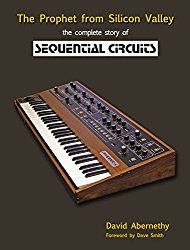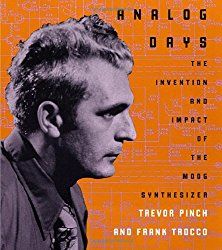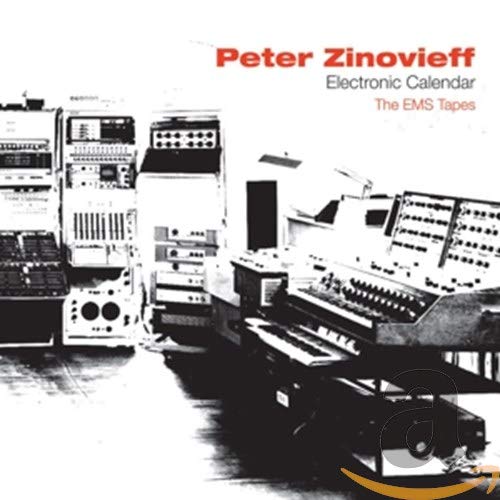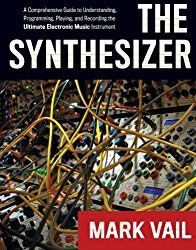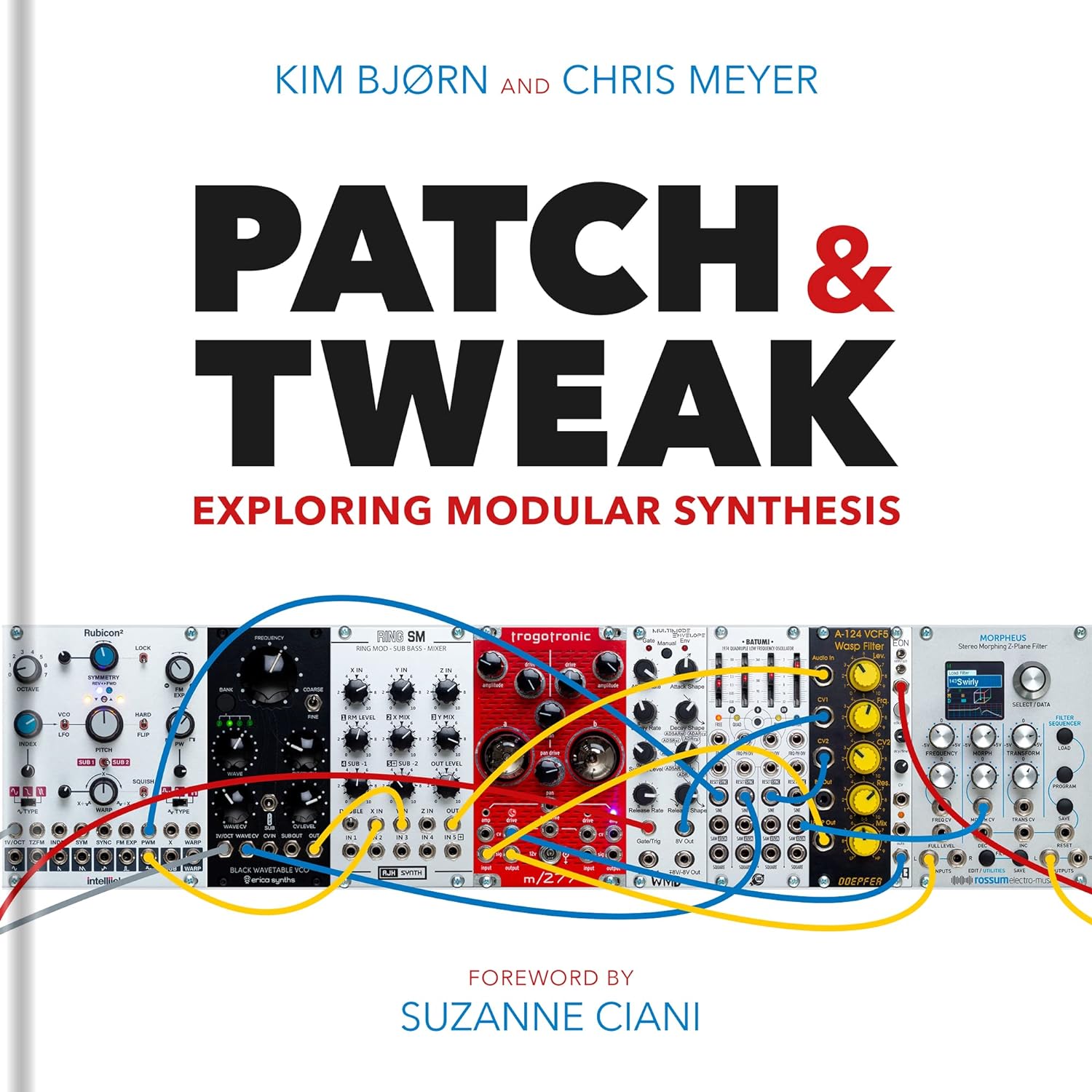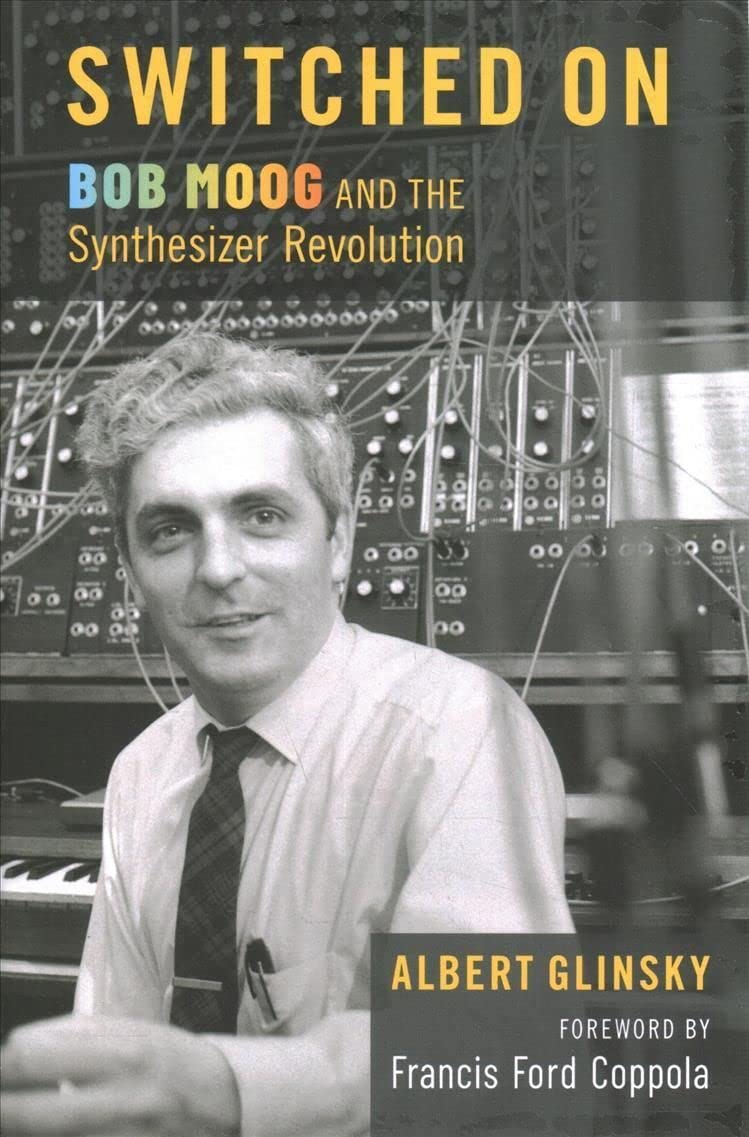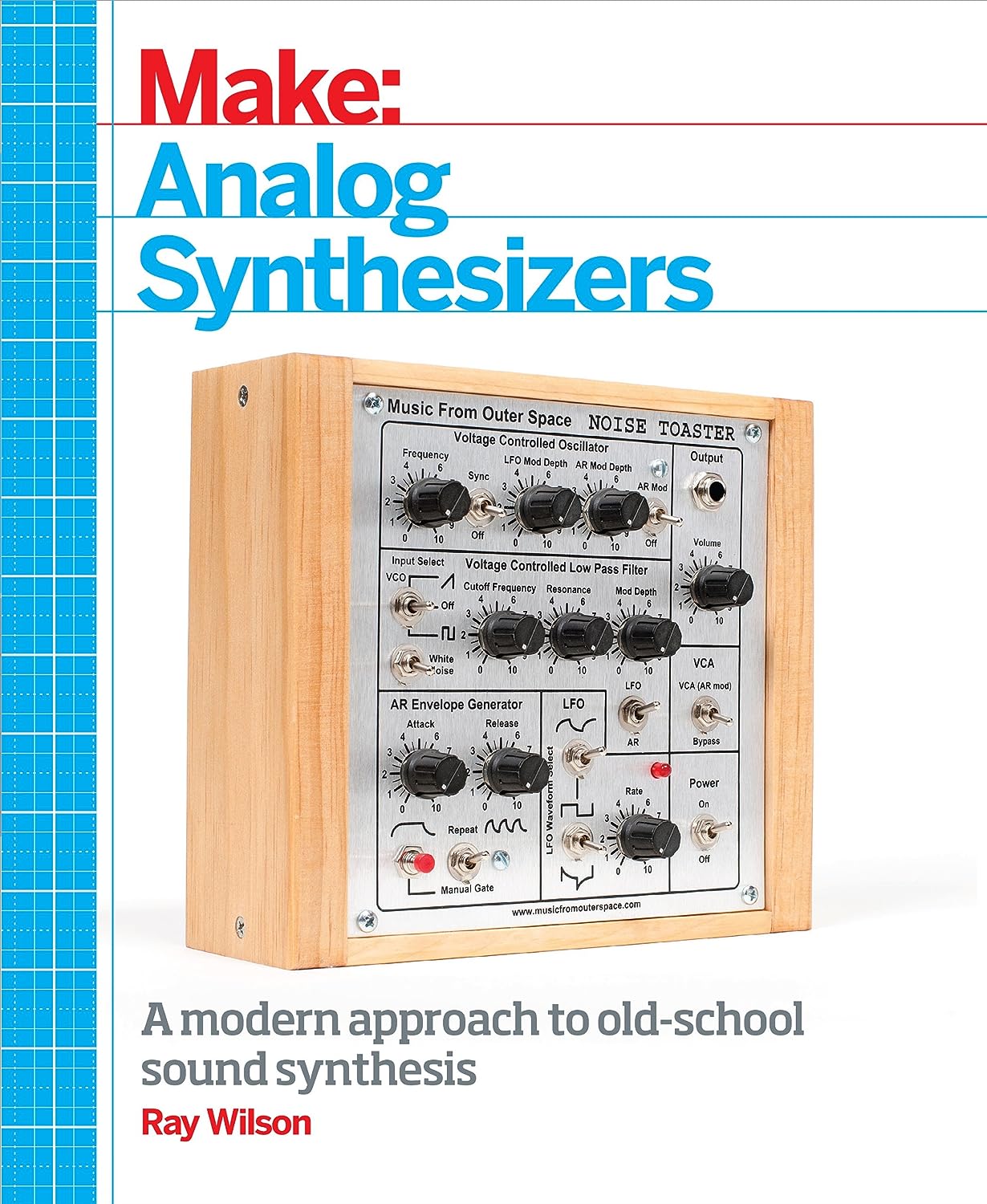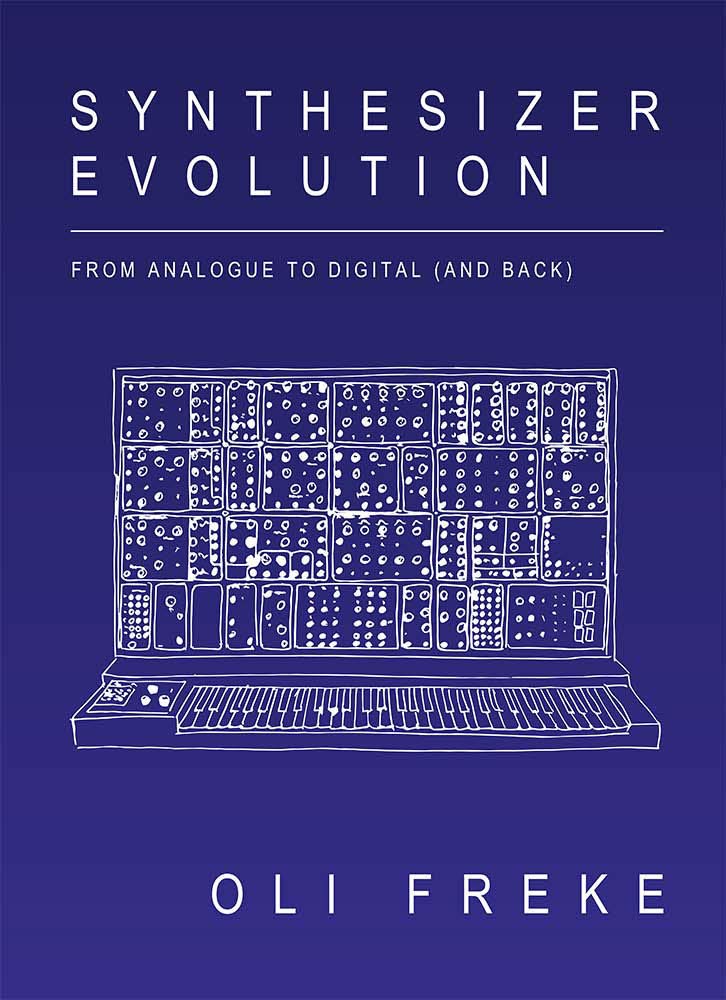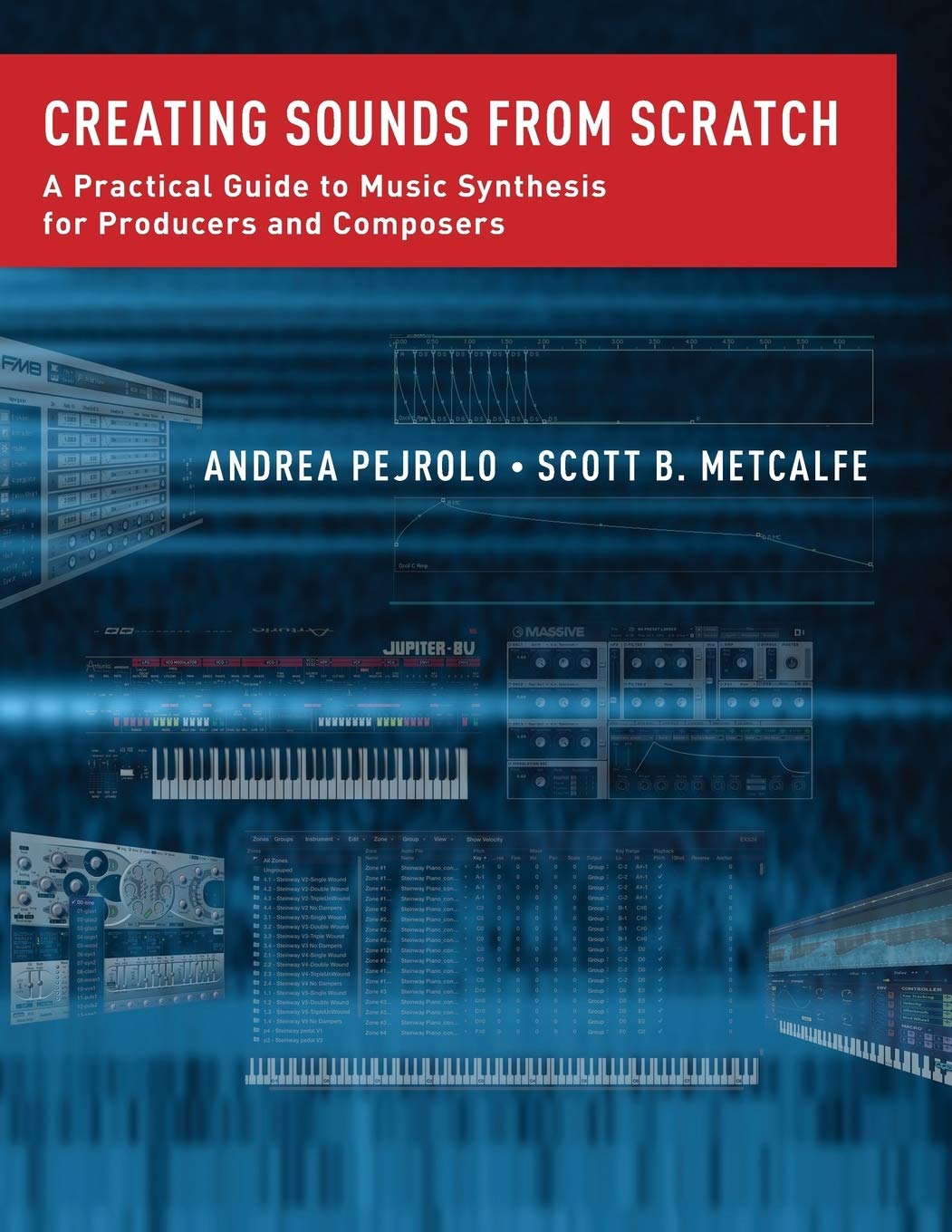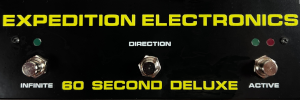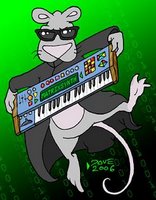The interview is currently on
Roland's site here. The text is captured below for the archives.
"WHAT ARE YOUR HONEST OPINIONS REGARDING THE ROLAND BOUTIQUE SERIES? AS DEVELOPERS OF THE ORIGINAL PRODUCTS, WHAT WERE YOUR IMPRESSIONS WHEN YOU HEARD ABOUT THE MODERN RECREATIONS?
Takahashi:I'd heard about this product series rather early on thanks to my position at the company, and my honest feeling about it was that I was excited. I was truly excited at the prospect of a simulation being released of a product that I was involved with decades ago. Synthesizers from those days have a unique feel that you can only get on analog, so I was interested in seeing how much of that could be reproduced in the digital realm. I knew that the Roland Boutique series development team was working on this very seriously. More than being intrigued, I was truly very excited.
Matsui:I'm no longer with the company, so I hadn't heard about this until very recently when someone mentioned, "We're working on this project relating to the JX-3P." Honestly, I was very happy to hear that. I was very happy to hear that Roland will be releasing a product that I had a part in developing in the past in a new form. That's because the JX-3P was a very special product for me.
DO YOU HAVE ANY INTERESTING MEMORIES RELATING TO THE JX-3P?
Matsui:That synth was developed at Roland's Matsumoto factory. I was working at Matsumoto at the time and was involved in guitar synth development. Guitar synths up to the GR-300 and GR-100 were based on converting pitch into a CV (Control Voltage) signal, which would then trigger an analog synth. But for the next generation of guitar synths, we decided to use a design where pitch would be converted to MIDI, which would then control the sound engine digitally (though the sound engine itself would still be analog). We studied how guitarists were using the GR-300 and GR-100 and realized that they didn't do much sound creation on their own. (Laughs.) So if that was the case, we decided to go with an easy-to-use synth with presets. And this was the start of the GR-700 project.
The [GR-700] would feature a built-in pitch-to-MIDI converter and a sound engine with presets. But even if this was to be a preset synth, it would still be too difficult to create sounds without any knob controls. So we made a programmer—solely for development purposes—with which we could adjust the tones. Sometime later in the development process, one of our superiors remarked, "You can attach a keyboard to that and make a polyphonic synth out of it, can't you?" [Laughs.] So that's how the JX-3P came about. The reason it's a six-voice polyphonic synth is because it started out as a sound engine for guitar synths, guitar being a six-string instrument. (Laughs.)





